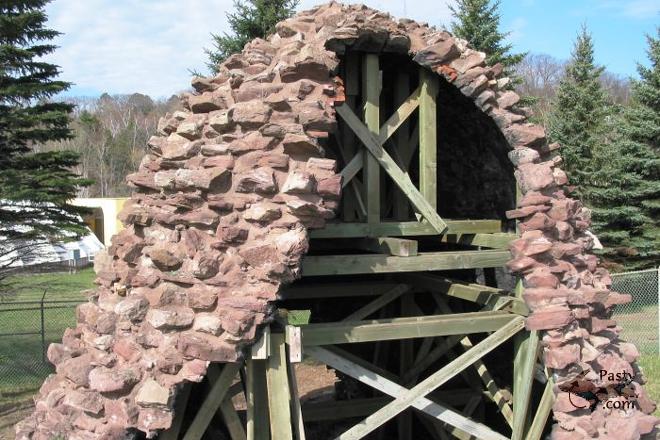By Don Masnado (Dmasnado) on Friday, May 5, 2006 - 11:33 am:
The comment by Roy Beauchene on a charcoal kiln on the road to McLain struck the memory bell and I remember as a kid good things and bad things about that site. It was a little off the road on the North side of M-203 in the woods about a couple hundred yards up from the old WPA spring water fountain . There were many small old one lane roads in this area that criss crossed the wooded tract possibly from some small logging operation [ for wood to burn in the kiln ???} in the early years. My dad used to take his 1937 Nash Ambasador car there to put on the annual coat of Simonize wax because it was shady. The good part of the memory is that while my dad smeared on the Simonize in the shade of the maple trees, my brother and I would romp through the woods and play to our hearts content . The bad part of the memory is that as soon as the car was completely Simonized, he would put us to work with wads of cheesecloth and rub down the pasted car to a beautiful shine. I grew to hate Simonize for that reason.It was hard to buff out by hand especially if it dried too much, but on a black car, it made the thing look like a sparkling jewel. Maybe this summer, I will look for the remains of the old kiln.
This is a good site .....It always brings back memories of days long gone. Keep it up.





